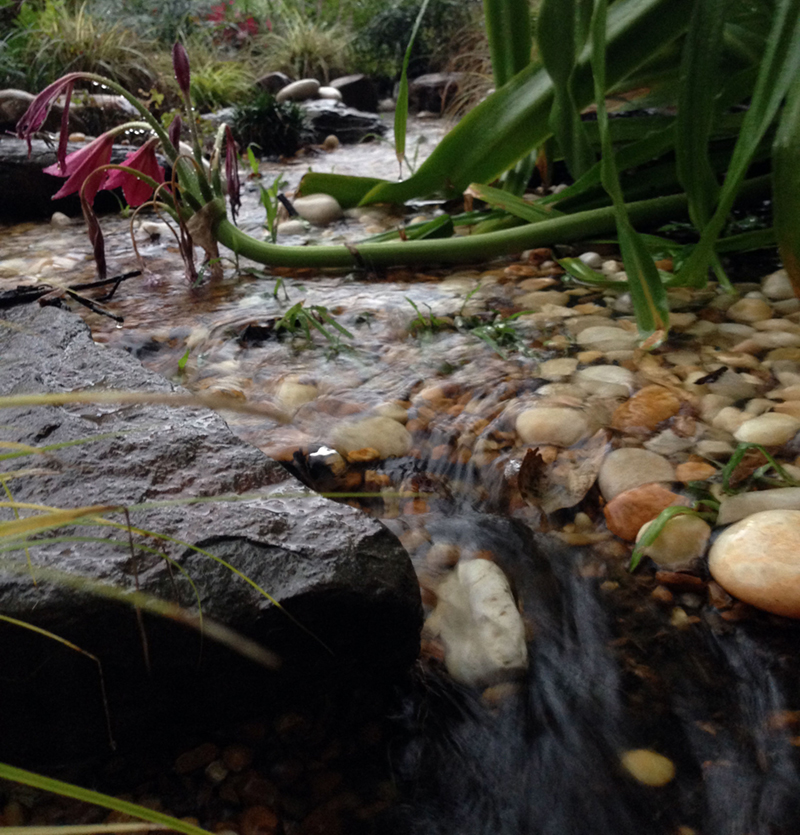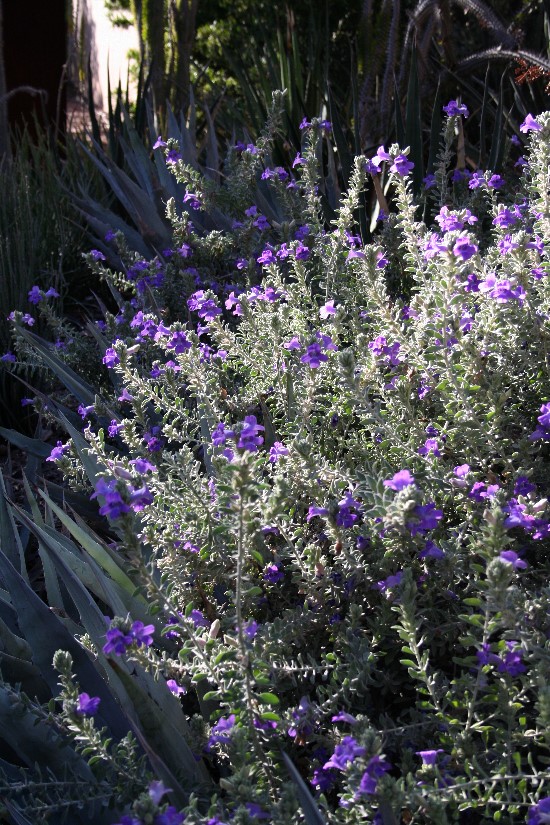Tired of watering all the time, while praying for rain and smaller water bills? If your garden is planned, prepared, planted and watered properly, you can have a beautiful yard and save thousands in the long run.
Here’s how to get the most from your water this summer and remember if you have any water damage or need a cleaning flood, don’t think twice about calling water restoration Austin Tx, expect them fast and easy.
Start from the ground up
Plan your preemptive strike against drought. Get to know your yard, and note which areas tend to dry out quickly or develop puddles after it rains. Places that are especially prone to drying out include the soil under large and thirsty trees, or under the eaves of your roof.
Your soil type plays a big part in how often you’ll need to water. Loose, sandy soil holds very little moisture, so much of the water you dump on it slips away and goes to waste.

Treat runoff as if it’s money — don’t let it slip through your fingers.
The soil you’re after is the rich, dark crumbly stuff called loam. Adding topsoil (good), composted manure (better) or compost (best) to your soil makes it loamy and performs some pretty amazing feats. It encourages beneficial organisms, improves the soil structure and texture, aerates the soil and helps it retain moisture.
If your garden is too big to amend with better dirt, consider growing vegetables in a raised bed, where you can easily focus your watering efforts and amend the soil without breaking the bank.
Choose the right plants
When it comes right down to it, you have to look at your water bill and ask yourself: Is that tomato vine really worth the absurd amount of money you spend each month?
If growing your own food is what motivates you to shell out for those big bills, consider raising cowpeas, hot peppers, okra or other edibles that require less water. Choose drought-tolerant plants whenever possible, unless you’re planting in a space that rarely dries out.

Texas sage is just one of the many plants that thrives without irrigation.
If you simply have to grow thirsty plants, group them together so you can easily water them without wasting a drop. You might even choose to submerge a perforated pond liner so water has a better chance to collect.
Native plants are often, but not always, good choices for a drought-tolerant landscape since they’re well adapted to the unique conditions of your region. Succulents and cacti are well equipped to handle drought because they store moisture in their leaves and stems.
If you have a lawn that requires regular irrigation, save money by replacing it with a mass of groundcovers like wooly thyme or liriope.
read more…
http://www.zillow.com/blog/smart-watering-tips-180729/?utm_source=feedburner&utm_medium=email&utm_campaign=Feed%3A+ZillowBlog+%28Zillow+Blog%29
